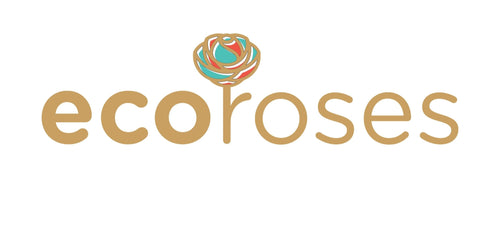When we think of flowers, words like beautiful, romantic, and elegant usually come to mind. But in the vast world of botany, not every flower comes with a sweet, poetic name. Some blooms are so strangely titled that they sound more like mythical creatures, bizarre foods, or even pranks than plants.
In this article, we’ll explore the weirdest flower names ever discovered, the stories behind them, and what makes them unique. And if you’re inspired to bring some extraordinary blooms into your home, don’t forget to explore flowers and bouquets that combine beauty with meaning.
🌼 Why Do Flowers Have Strange Names?
The naming of flowers often comes from:
-
Latin botanical roots: Many names are translations or adaptations of their scientific descriptions.
-
Local folklore: Villages and regions often gave flowers names based on appearance, myths, or even jokes.
-
Symbolism: Some names reflect the emotions or superstitions tied to the flower.
-
Pop culture overlap: Over centuries, strange translations or comparisons created odd flower names that stuck.
🌺 The Weirdest Flower Names (and Their Stories)
1. Hooker’s Lips (Psychotria elata)
Found in Central and South America, this plant has bright red bracts shaped like pouty lips. Its unusual name might sound scandalous, but it reflects the flower’s bold shape that looks like a cartoon kiss.
2. Corpse Flower (Amorphophallus titanum)
Native to Sumatra, this is one of the largest flowers in the world. It gets its creepy name from the stench it releases when blooming-a smell similar to rotting flesh, designed to attract pollinators like flies.
3. Hot Lips (Salvia microphylla)
Not to be confused with Hooker’s Lips, this plant produces petals that look like puckered red lips, often shifting between red and white shades.
4. Bat Flower (Tacca chantrieri)
This eerie bloom produces dark, bat-shaped petals with long whisker-like extensions. Its name perfectly captures its gothic, otherworldly look.
5. Monkey Face Orchid (Dracula simia)
This orchid is famous for its uncanny resemblance to a monkey’s face. Native to Ecuador and Peru, it has captivated botanists and meme-lovers alike.
6. Naked Man Orchid (Orchis italica)
True to its name, this Mediterranean orchid produces clusters of blooms shaped like tiny dancing men—with visible "anatomical details."
7. Doll’s Eyes (Actaea pachypoda)
This creepy flower gets its name from its berries, which look like clusters of staring porcelain doll eyes. Beautiful but highly toxic, it’s both eerie and fascinating.
8. Devil’s Claw (Proboscidea louisianica)
This desert plant produces hooked seed pods that resemble claws, hence its ominous name.
9. Cobra Lily (Darlingtonia californica)
A carnivorous flower that looks like a striking cobra about to attack. Native to Northern California and Oregon, it lures insects into its “hood.”
10. Sneezewort (Achillea ptarmica)
This harmless flower from Europe was once dried into powders that caused sneezing fits. Its quirky name reflects its medicinal (and mischievous) use.
🌸 Why Strange Flower Names Stick
Strange names make flowers more memorable. They:
-
Attract curiosity.
-
Create storytelling opportunities in gardening and gifting.
-
Preserve cultural folklore tied to the plant.
Some weird names even boost a plant’s popularity in niche gardening communities.
🌼 What These Names Teach Us
-
Nature’s Humor: Flowers often look like animals, faces, or strange objects, and their names reflect our imagination.
-
Cultural History: Names preserve local traditions and legends.
-
Marketing Power: Quirky names like “Monkey Orchid” are easier to share, making flowers more famous worldwide.
🌺 Final Thoughts
From Hooker’s Lips to Monkey Face Orchids, the world of flowers is full of blooms with names as wild as their looks. These names may be weird, funny, or even unsettling, but they remind us that nature is endlessly creative.
Next time you admire a bouquet, think about the story behind its name-it might surprise you! And if you’re looking to add some extraordinary beauty (with far less strange names) into your life, explore flowers and bouquets that combine elegance, symbolism, and timeless charm.


